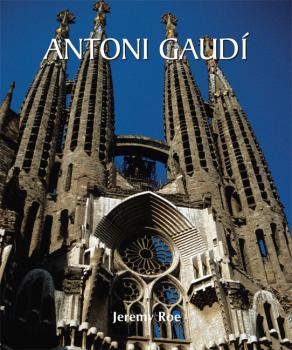ТОП просматриваемых книг сайта:
Temporis
Скачать книги из серии TemporisАннотация
Информация о книге
Автор произведения Edmund von Mach
Жанр Изобразительное искусство, фотография
Серия Temporis
Аннотация
Аннотация
Информация о книге
Автор произведения Stephan Beissel
Жанр Изобразительное искусство, фотография
Серия Temporis
Аннотация
Информация о книге
Автор произведения Hans-Jurgen Dopp
Жанр Изобразительное искусство, фотография
Серия Temporis
Аннотация
Информация о книге
Автор произведения Hans-Jurgen Dopp
Жанр Изобразительное искусство, фотография
Серия Temporis
Аннотация
Информация о книге
Автор произведения Arturo Graf
Жанр Изобразительное искусство, фотография
Серия Temporis
Аннотация
Информация о книге
Автор произведения Albert Jaquemart
Жанр Изобразительное искусство, фотография
Серия Temporis
Аннотация
Информация о книге
Автор произведения Eric Shanes
Жанр Изобразительное искусство, фотография
Серия Temporis
Аннотация
Информация о книге
Автор произведения Georges Riat
Жанр Изобразительное искусство, фотография
Серия Temporis
Аннотация
Информация о книге
Автор произведения Ernest Renan
Жанр Изобразительное искусство, фотография
Серия Temporis










